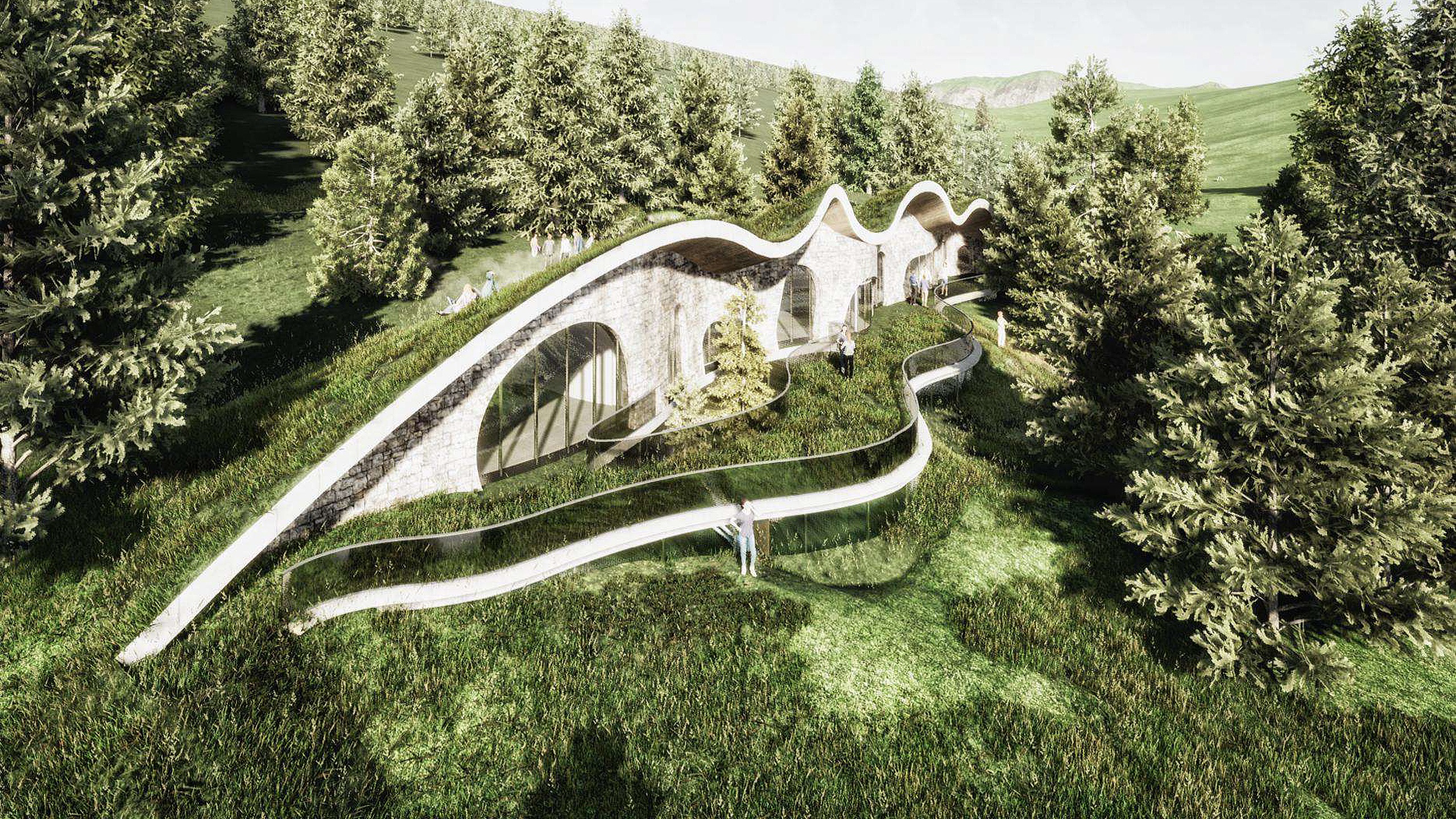The brief called for a center that would support scientific research, environmental education, and park management in Ceahlău National Park. without road access, electricity, or water—the site posed extreme logistical and environmental challenges. Designing a building that is both off-grid and ecologically integrated required rethinking conventional construction. Every element had to be modular, lightweight enough for remote transport, yet durable and massive enough to ensure long-term performance and seamless embedding into the terrain. Prefabrication, passive systems, and minimal impact techniques were key. The result is a robust, low-energy building that supports researchers, rangers, and educational programs, while preserving the untouched landscape. Beyond functionality, it aims to inspire: as a new model of how architecture can serve both people and nature in the most demanding and delicate contexts.

